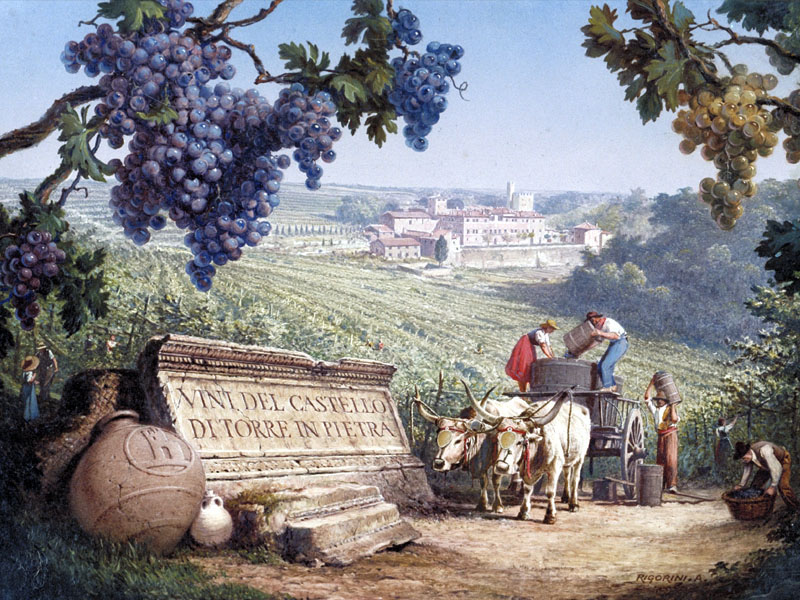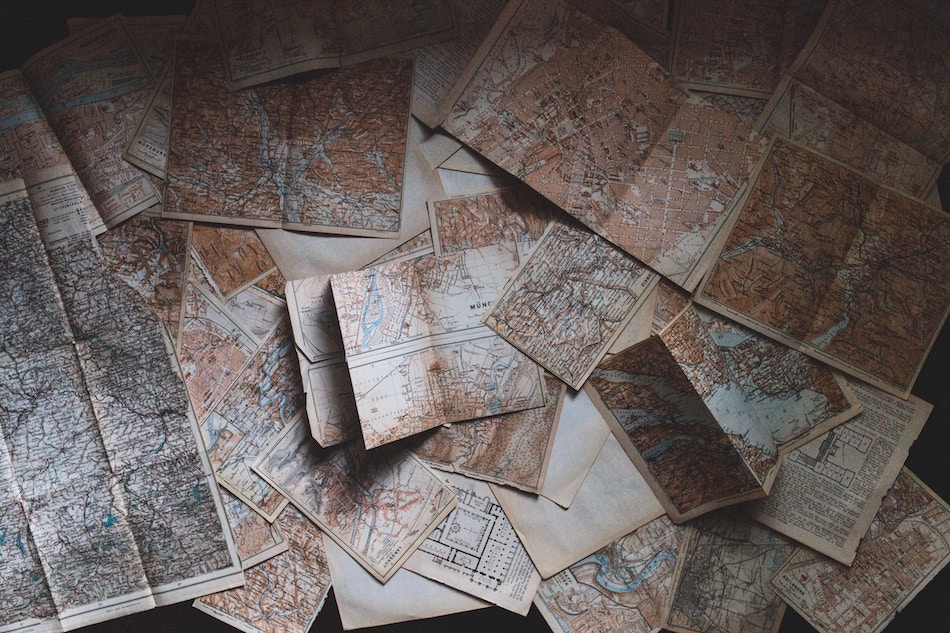14 November 2017
The Grand Tour was a cultural pilgrimage undertaken by young people of means in a time when the world was much less connected than it is today. Travelling by carriage, and in some portions by foot, these tourists explored the cradle of Western civilization to learn about the art, architecture and culture of antiquity and the Renaissance. Italy was the final stop on the tour; as the saying goes, all roads lead to Rome.
Gap year, Erasmus, study abroad: common periods in a young person's life when they embark on travel for education; even as we get older, vacations and adventures are often tailored around experiencing a culture. This desire to learn through exploration is nothing new. Its form, content and modus operandi have drastically altered over time, but before the onset of mass tourism and comfortable travel, young men of affluence were embarking on cultural pilgrimages through the cradle of Western civilisation: Europe. It was called the Grand Tour.
 Farmers make wine on a stop of the Grand Tour
Farmers make wine on a stop of the Grand Tour
What was the Grand Tour?
Between the late 15th century until the rise of relatively affordable train travel in the mid-19th century, young men, and nearer to the end, young women of means and status would set sail from England and arrive on continental Europe to undergo a period of formative education. The Grand Tour was not the solo backpacking trip of your youth, mind. Instead, these young people arrived with a small entourage of personal servants, trunks to fill and letters of introduction to get them into the most influential homes across Europe.
 A typical carriage used for travel - by Sandra Frey
A typical carriage used for travel - by Sandra Frey
Travelling entirely by horse-drawn carriage, and in particular parts, by foot where there were no marked paths, the Grand Tour was not accessible nor affordable. It was, however, a luxury for the time; the Grand Tour marked a young person’s place in life. In the modern interpretation, The Grand Wine Tour is not limited to young people or just men. We welcome all ages and genders of people who are willing to embark on a journey through Italian wine culture.
Who led The Grand Tour?
 Old maps - by Andrew Neel
Old maps - by Andrew Neel
The Grand Tour may have been as short as a few months, or as long as a few years, but whatever the length, each Grand Tourist followed a standard itinerary. As it was an educational rite of passage, there were museums, shows and landmarks that everyone had to visit. To ensure that these young men were indeed gaining a profound knowledge, each Grand Tour was guided by a cicerone. A cicerone was essentially a tutor, skilled in the disciplines of classical antiquity, architecture and the Renaissance period. The cicerone was named for Marcus Tullius Cicero, the famed Roman lawyer whose impact on literature and language still exists to this day. They would chaperone the Grand Tourist, either for portions where they were specialists, or for the entirety of the trip and were entirely responsible for their cultural, literature and artistic training during the tour.
The Grand Wine Tour is a mark of excellence in hospitality distinguishing Italian wineries throughout the country. Book your tasting and tour today!
The Grand Wine Tour embraces the element of a knowledgeable tour guide or cicerone. An English speaking driver guides each of our luxury day tours, and each wine tasting is conducted by a trained member of staff from the winery, ensuring that you will leave with a little more info under your cap as well as the memory of an outstanding wine experience.
Where did The Grand Tour go?
The general path of the Grand Tour would see these young people sailing from England to France, arriving either at Le Havre or Calais and then making their way overland to Paris. This first leg of the trip was the easiest, as Paris was the cultural (and political) centre of mainland Europe at the time. Regal dinners and dances, taking in the liberal openness of the Parisian elite, were high on the list of must-dos.
From Paris, the carriages were packed, and the long road to Switzerland would commence. Usually, these young men would tour either Germany or Switzerland, making stops in Hanover or Geneva. Following Northern Europe, the most challenging travel would be undertaken, as these men and their servants passed through the Alps. There were no paved highways, tunnels or bridges that carried people through the Alps as there is today. The had only one choice: by foot. Often the carriage and horses would be sold in Switzerland, to lessen the burden, and then the group would pass through the Alps, walking until they crossed into Italy, the most culturally significant country within the tour.
 A lake high in the Alps - by Ludovic Fremondiere
A lake high in the Alps - by Ludovic Fremondiere
Why Italy?
Italy was exceedingly the most travelled country on the Grand Tour, no less than three cities had to be visited, but often five or six cities would be visited. The Grand Tour was a literary voyage through society, and the Romans left Italy as the redoubtable cradle of Western civilisation. It is true what they say: all roads lead to Rome.
 The Colosseum - by Tatyana Dobreva
The Colosseum - by Tatyana Dobreva
Starting usually in Turin, the Grand Tour included stops in Florence, Padua, Bologna, Venice, Rome and later on, Naples with the discovery of Pompeii. Often these young Grand Tourists would have their most extensive stays in Italy as there was a lot to explore. The Italian cities visited during the Grand Tour are still the top cities to travel to today, a mark of its lasting impact on tourism.
These pilgrimages are the inspiration for The Grand Wine Tour. While our world is much smaller, much more connected than it was for these young people, the grandeur of touring Italy will never fade. The Grand Wine Tour is an exploration of the seat of Western civilisation through one of its most diffused impact: wine. Choose from any our of 20 associated top wineries through the country and let us design an exclusive wine tasting for the ultimate wine traveller. Infusing the elements of luxury and education together, the Grand Wine Tour will take you on a journey like no other through the most iconic Italian wine regions. We welcome you to new and updated, Grand Tour.
